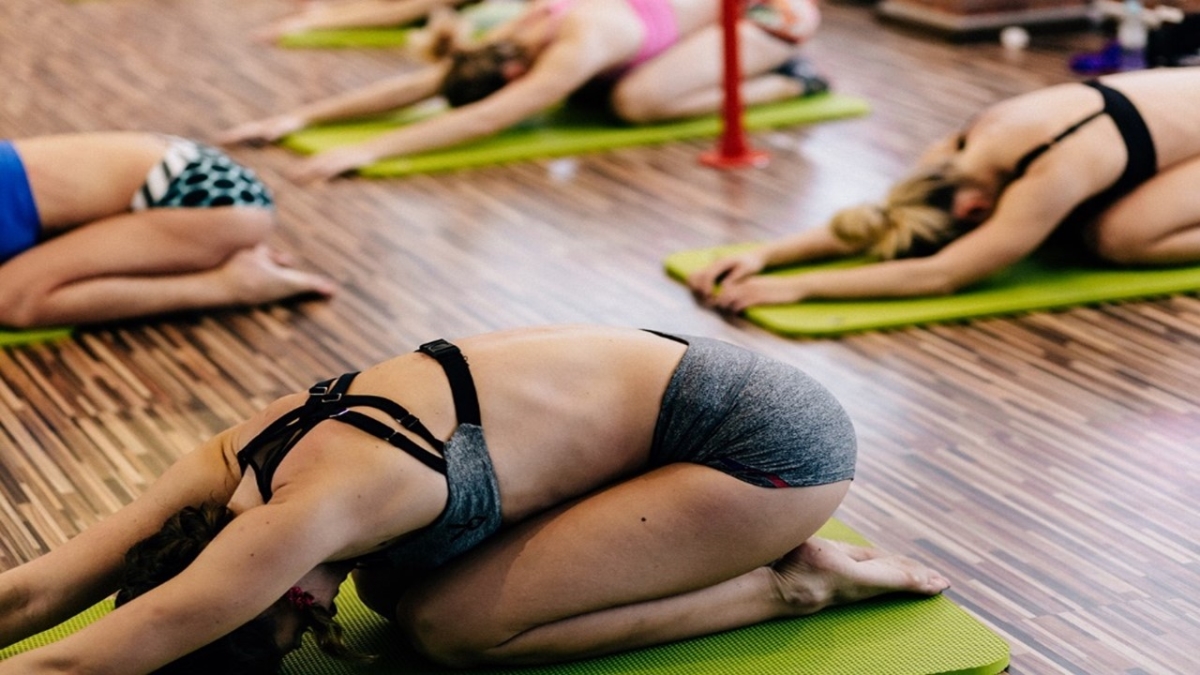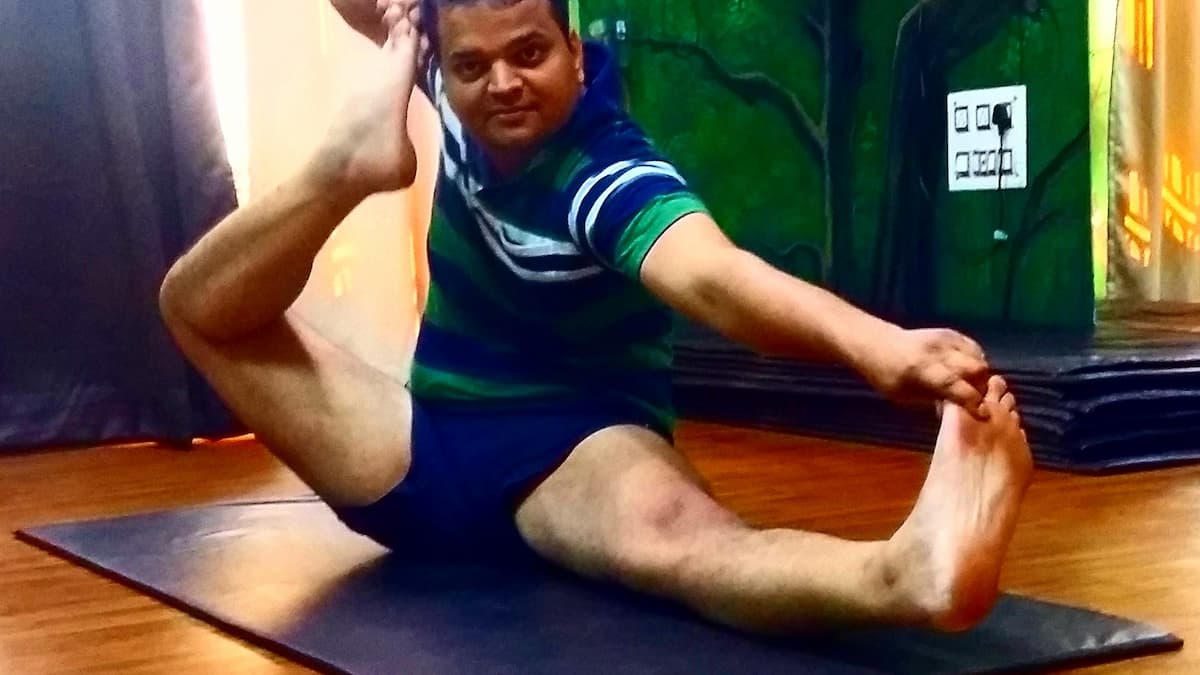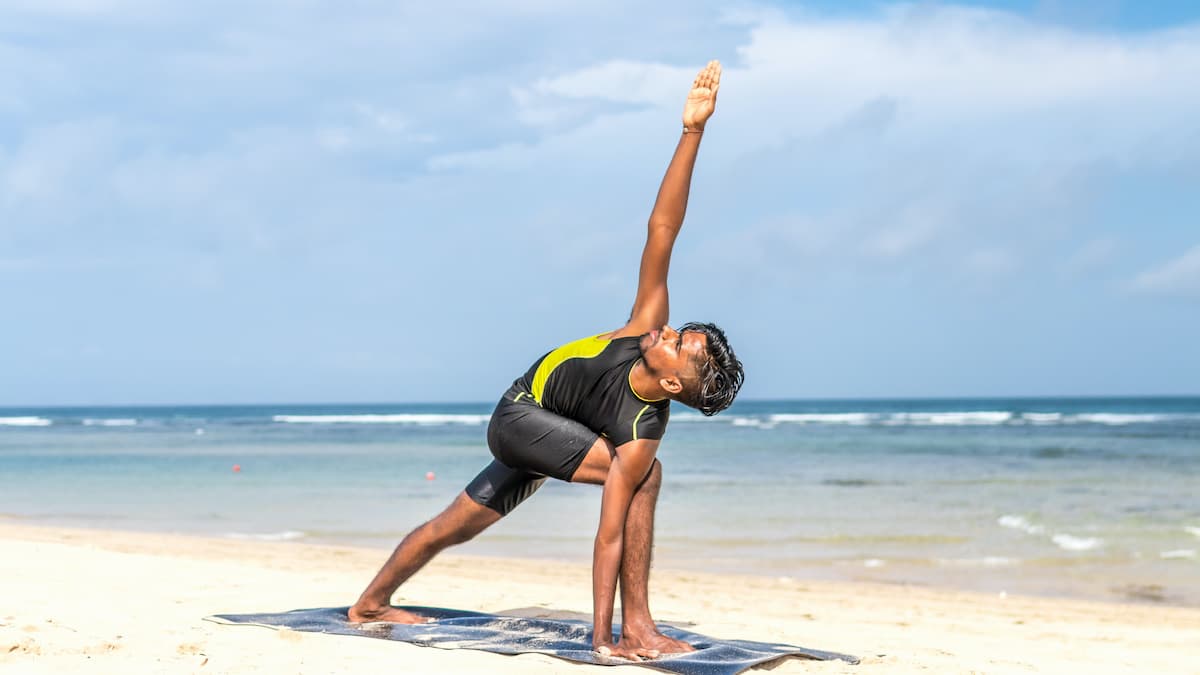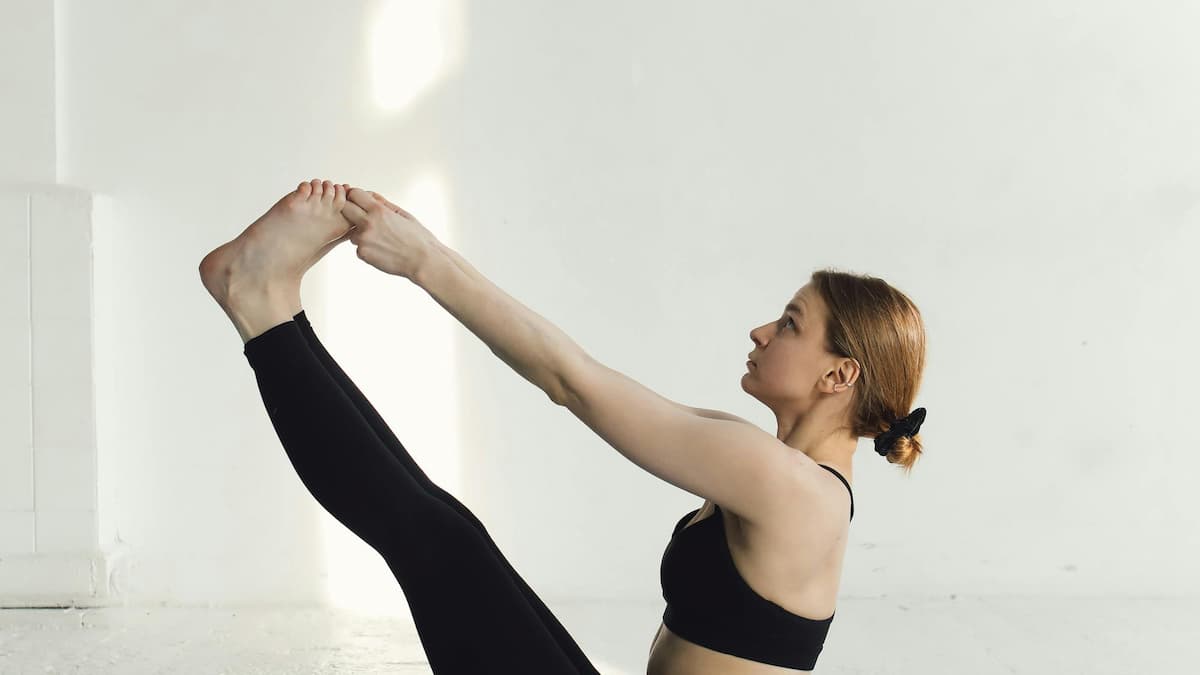Introduction
In the fast-paced and often stressful world we live in, finding moments of serenity and calm is essential for maintaining our physical and mental well-being. Yoga, with its centuries-old traditions, offers a plethora of poses designed to bring balance and tranquility to our lives. One such pose that embodies relaxation and introspection is Balasana, commonly known as Child’s Pose.
Balasana Meaning
Bala in Sanskrit means a child. Asana is a Pose. Hence we translate this yoga pose into English as Child’s Pose. Some people call Child’s Rest Pose also. When performed, this pose resembles a child taking a rest. That is why it gets this name.
Child Pose Practice Procedure
Balasana Precautions
Pregnant ladies should not attempt. This is not for them.
Also, persons with lower back issues and knee injuries should avoid this.
Otherwise, this one suits all.
Child Pose Preparatory Poses
The following yoga poses prepare one for Child Pose.
Dandasana Steps
Step 1
Sit in Thunderbolt Pose.
Step 2
Raise both hands up with open palms. Inhale while raising the hands.
Step 3
Lean forward and place your forehead and hands on the floor with palms facing down. Exhale during the process. Your sitting bones should be on the feet or in between the legs.
Step 4
Breathe normally. Keep the position as long as it is comfortable.
Duration
In the beginning, the final position may be retained for a duration of two to five minutes and one may extend this up to fifteen minutes.
Follow Up Poses
The most suitable follow-up pose for Child Pose is Supta Vajrasana. Alternatively one may go for Chakrasana also.
Child Pose Variations
Some Yoga Schools call this Pose as Sasangasana. Let us have a brief look into this.
Bihar School Of Yoga
Bihar School of Yoga teaches a dynamic version of this pose and named this pose Sasangasana. In the dynamic version, steps 2 and 3 are repeated for four to five rounds.
The benefits of this dynamic version of Sasangasana are the flexibility of arms, shoulders, and lower back.
Sasangasana Meaning
The Sanskrit Word Sasanga means the phase of the moon. It also means a rabbit. Therefore We call it Rabbit Pose in English. Except for the name, the Rabbit Pose is the same as the Child Pose described here.
Ananda Balasana
Ananda Balasana means happy Baby Pose. It looks like a baby lying on its back lifting its legs and holding the toes with fingers.
Balasana Benefits
- The practice of Child’s Pose drives the performer into a deep meditative pose.
- It is a very good restorative pose and one can try this after an active Asana session.
- Balasana helps to manage blood pressure.
- Child Pose calms the mind and body. Hence it drives away stress and depression.
- It massages the lower back and removes the stress and disorders in the lower part of the spine.
- This Pose stretches the shoulders and arms. As a result, the flexibility of the arms and shoulders improves.
- Also, it compresses the abdomen and helps control constipation.
Conclusion
In the quest for holistic well-being, incorporating yoga poses like Balasana can be a transformative experience. This gentle, introspective pose offers a refuge from the demands of daily life, providing a moment of repose and self-discovery. Whether you are a seasoned yogi or a beginner, Child’s Pose invites you to embrace the simplicity and profound serenity it brings to your practice.



